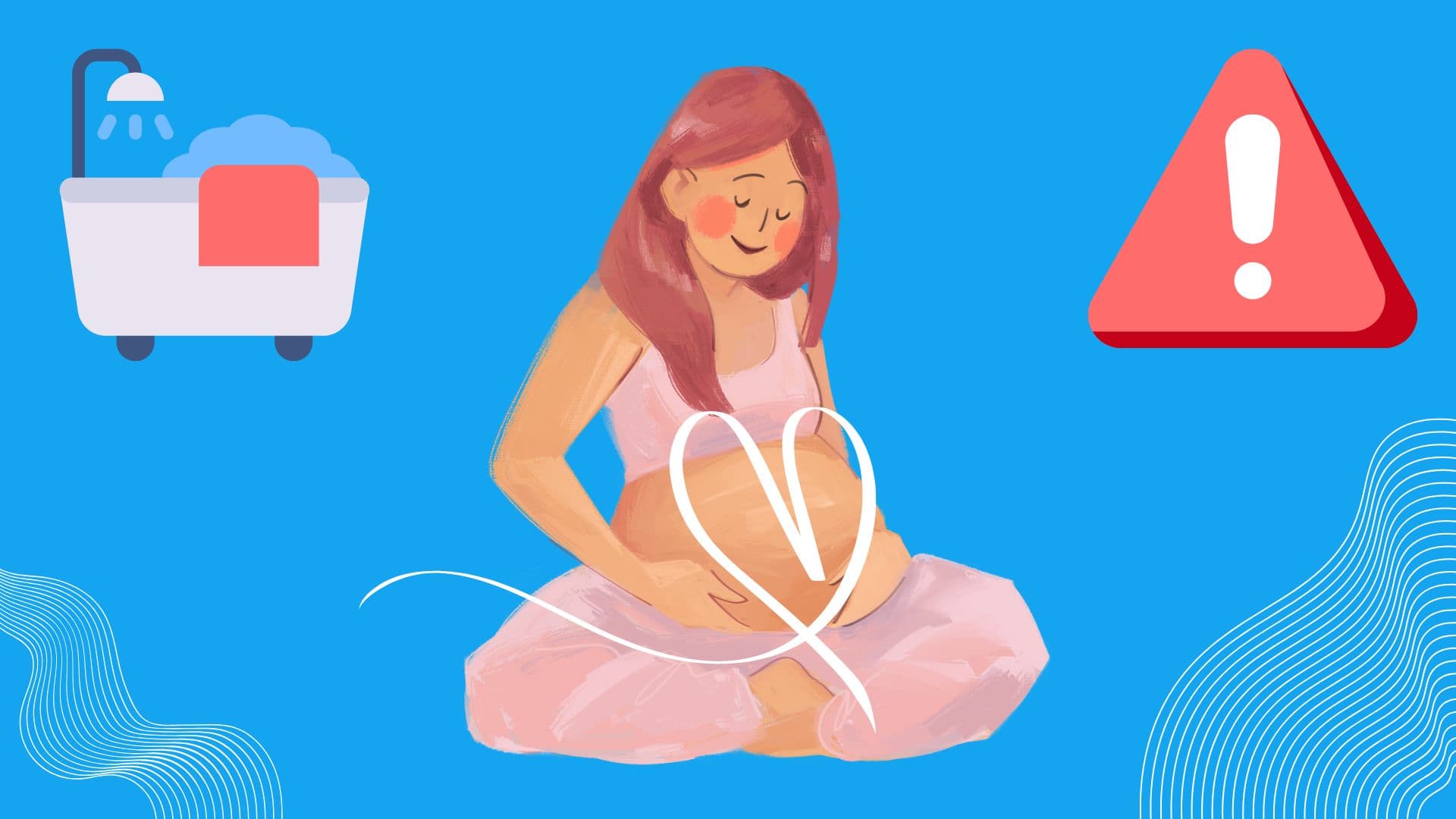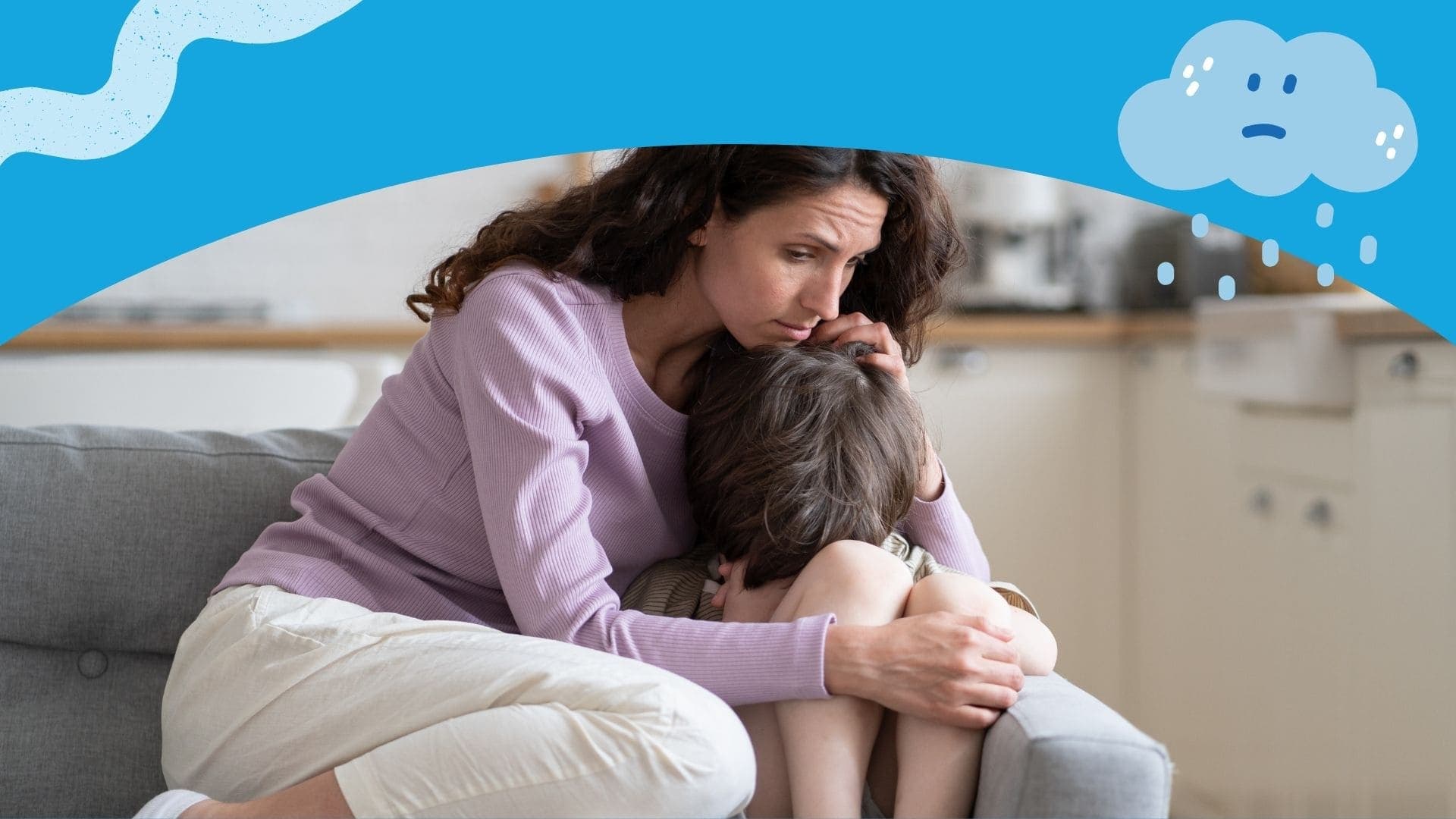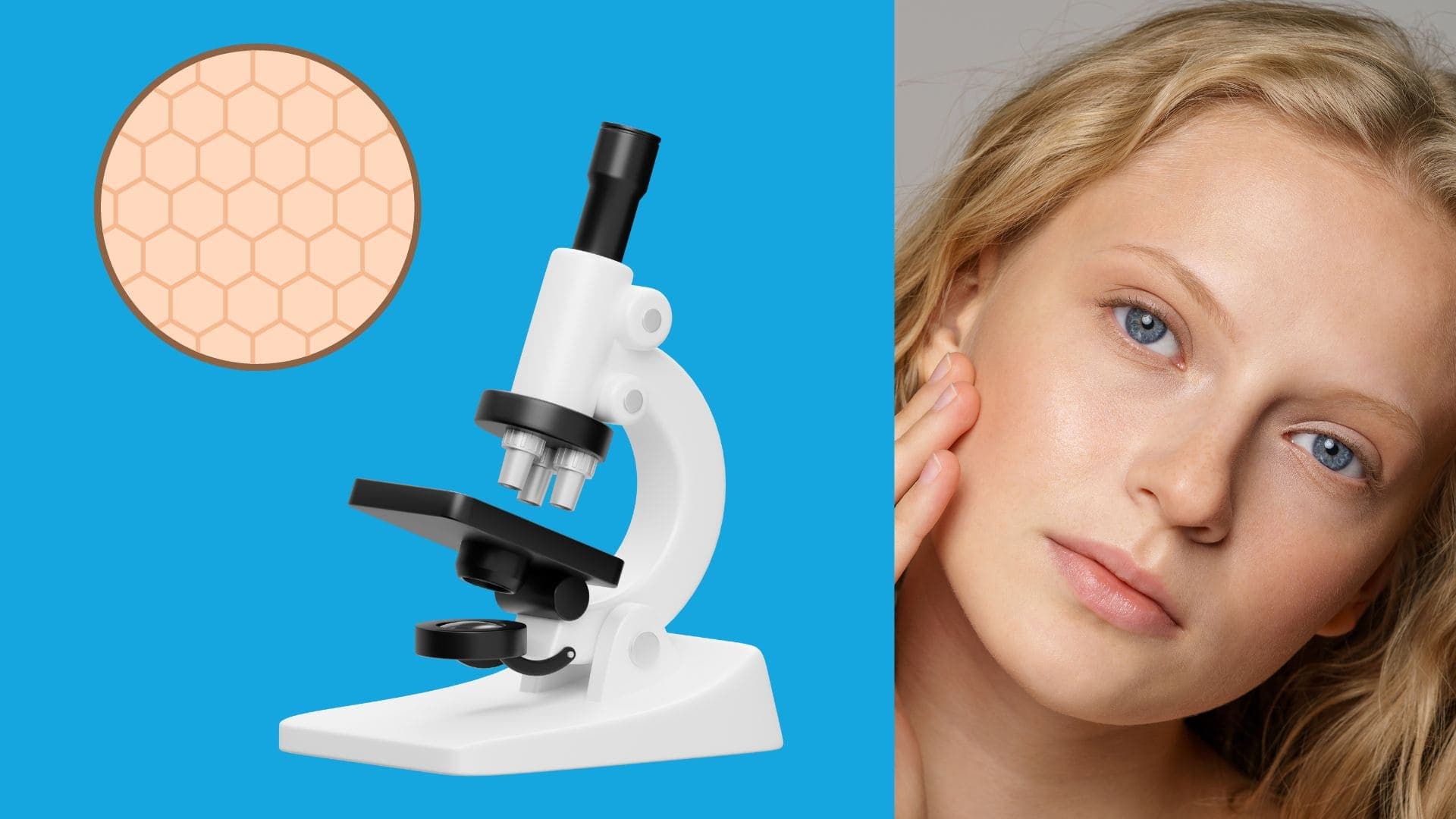
Hot tubs have long been a source of relaxation and social gathering, providing a warm and soothing escape from the stresses of everyday life. However, the relationship between hot tub usage and pregnancy has been a topic of concern and curiosity for many. As expectant parents seek to ensure the health and well-being of their developing baby, understanding the potential risks and benefits of hot tub use during pregnancy becomes crucial. This exploration delves into science and safety considerations, offering insights to balance comfort and caution.

First, let’s go over what happens to your body in a hot tub to give you context. Your body temperature can reach 101 degrees Fahrenheit (38.3 degrees Celsius) if you spend more than ten minutes in a hot tub. This is similar to having a fever, though for a much shorter period of time. This can be unusual for the baby as the temperature around it will have rapidly risen in a short period of time.
Researchers have found that newborns whose mothers had fevers in the first trimester of their pregnancy are more inclined to have neural tube defects, which can cause severe abnormalities of the brain or spinal cord. It is still rare, but the seriousness of the symptoms make it worth avoiding. Some studies also indicate that having a fever during pregnancy can increase your risk of miscarriage. Although it’s unclear if a high body temperature causes by a fever affects pregnant women in the same way as a hot tub, experts advocate playing it safe.
The best way to avoid any danger with a hot tub during pregnancy is not to use one. However, if you would like to still partake in a little hot tub time, take these precautions to lower the dangers if you are expecting a baby or think you might be pregnant:
If you are not well or already have a high body temperature from a fever, physical activity, or past use of a hot tub or sauna, you may want to restrict your time in the hot tub to even fewer than ten minutes, or avoid using one altogether.

If you’ve already spent time in a hot tub during your pregnancy, it’s natural to feel a bit worried about the potential effects. First and foremost, stay calm — occasional and brief exposure to hot tub temperatures is unlikely to cause harm. In the moment, keep an eye on your body for any unusual symptoms like dizziness, nausea, or overheating, and make sure to drink plenty of water to stay hydrated. Afterwards, sharing your experience with your obstetrician or midwife is a good idea. They can provide personalized advice and might recommend some extra monitoring to ensure your baby’s well-being. To minimize any further risk, it’s best to avoid hot tubs for the rest of your pregnancy and consider other relaxation methods like warm baths or prenatal massages. By staying informed and taking these steps, you can ensure that both you and your baby remain healthy and safe.
While hot tubs can offer much-needed relaxation, it’s important for expectant mothers to weigh the potential risks to their pregnancy. The elevated temperatures can pose hazards, but with careful moderation and mindful practices, hot tubs need not be entirely off-limits. As with many aspects of pregnancy, informed decisions and consultations with health care providers are key to navigating this exciting yet potentially complex territory.

Navigating the food landscape for individuals with autism presents formidable challenges. These challenges are compounded by food aversions, sensory sensitivities, and behavioral complexities that can make the simple act of making or ordering food a lot more difficult. Expert research underscores prevalent issues such as tantrums, extreme food selectivity, and nutritional deficiencies among those on …

When catastrophic events such as natural disasters, mass shootings, or acts of violence unfold, children can be left feeling confused, scared, and stressed. Understanding that children respond differently to such situations is crucial. Today, we’ll explore strategies for effectively handling and supporting children as they process these tragedies. Understanding children’s responses to tragedy Children respond …

Milia – small, white bumps that appear on the skin – can be a cause of concern for many people. These bumps are technically cysts, and they form under the surface of the skin. According to the Cleveland Clinic, about 40% to 50% of U.S. newborns have milia. While they are typically harmless and go …